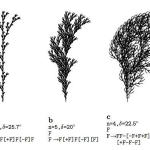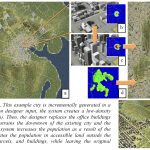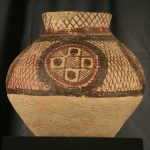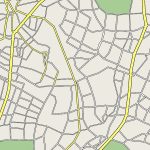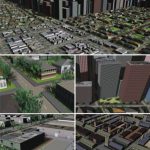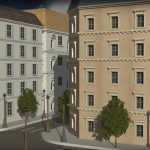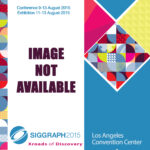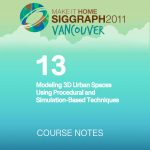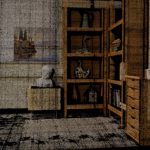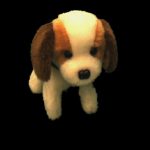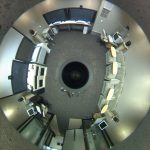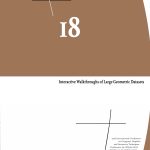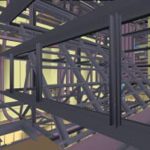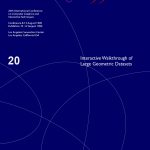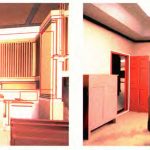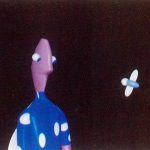Daniel G. Aliaga
Most Recent Affiliation(s):
- Lucent Technologies Bell Laboratories, Technical Staff Member
Other / Past Affiliation(s):
- Purdue University
- University of North Carolina at Chapel Hill
Bio:
SIGGRAPH 2016
Daniel G. Aliaga is an Associate Professor of Computer Science at Purdue University. He obtained his Ph.D. and M.S. degree from UNC Chapel Hill and his B.S. degree from Brown University. Dr. Aliaga’s research is primarily in the area of 3D computer graphics but overlaps with computer vision. His research area is of central importance to many critically important industries, including computer-aided design and manufacturing, telepresence, scientific simulations, and education. To date Prof. Aliaga has over 100 peer reviewed publications and has chaired and served on numerous ACMandIEEEconference and workshop committees.
SIGGRAPH 2011
Dr. Aliaga is an Associate Professor of Computer Science at Purdue University. He obtained his Ph.D. and M.S. degree from UNC Chapel Hill and his B.S. degree from Brown University. Dr. Aliaga’s research is primarily in the area of 3D computer graphics but overlaps with computer vision. His research area is of central importance to many critically important industries, including computer‐aided design and manufacturing, telepresence, scientific simulations, and education. To date Prof. Aliaga has over 60 peer reviewed publications and has chaired and served on numerous ACM and IEEE conference and workshop committees.
SIGGRAPH 1999
Daniel G. Aliaga is a Member of Technical Staff at Lucent Technologies Bell Laboratories working in the Visual Communications Research Department. He received a Ph.D. in Computer Science from the University of North Carolina at Chapel Hill in 1998, where he completed a dissertation under the supervision of Anselmo Lastra, Gary Bishop, Fred Brooks, Henry Fuchs, Steve Molnar and Henry Rich. His research involved designing a preprocessing algorithm to automatically determine what geometric subsets of a model to replace with images in order to guarantee a maximum number of primitives per frame. He then created a run-time system that employed image-warping algorithms to display these images surrounded by geometry. While a graduate student at UNC, he became team leader of the UNC Walkthrough Project, under the direction of Fred Brooks, Dinesh Manocha and Mary Whitton. The team developed an interactive rendering system for massive models that combined techniques from geometric simplification and image-based rendering. He was also an early member of the PixelFlow software design team. In addition, he independently organized and taught an undergraduate summer course in Computer Science. Daniel received a M.S. in Computer Science from the same institution in 1993 and B.S. in Computer Science from Brown University in 1991, where he was also a member of the graphics group.
Learning Category: Organizing Committee Member:
- Technical Papers, SIGGRAPH Asia 2017
- Technical Papers, SIGGRAPH Asia 2016
- Technical Papers, SIGGRAPH Asia 2024
Learning Category: Jury Member:
Learning Category:
Course Organizer:
- SIGGRAPH 2000, "Interactive Walkthroughs of Large Geometric Datasets"
- SIGGRAPH 2016, "Inverse Procedural Modeling of 3D Models for Virtual Worlds"
Presentation(s):
Role(s):
- Course Organizer
- Course Presenter
- Posters Organizing Committee Member
- Talk (Sketch) Presenter
- Technical Paper Presenter
- Technical Papers Jury Member
- Technical Papers Organizing Committee Member
Submit a story:
Did you know you can send us a photo of yourself and a bio and we will post it? Make sure the photo is at least 1000 x 1000 and send it to the email above along with the bio and we will add it to your page.

